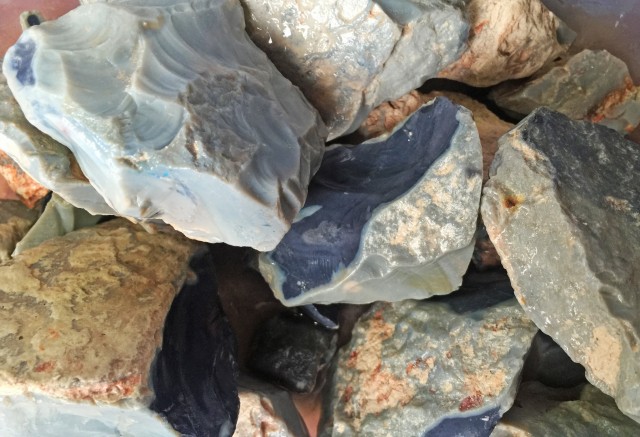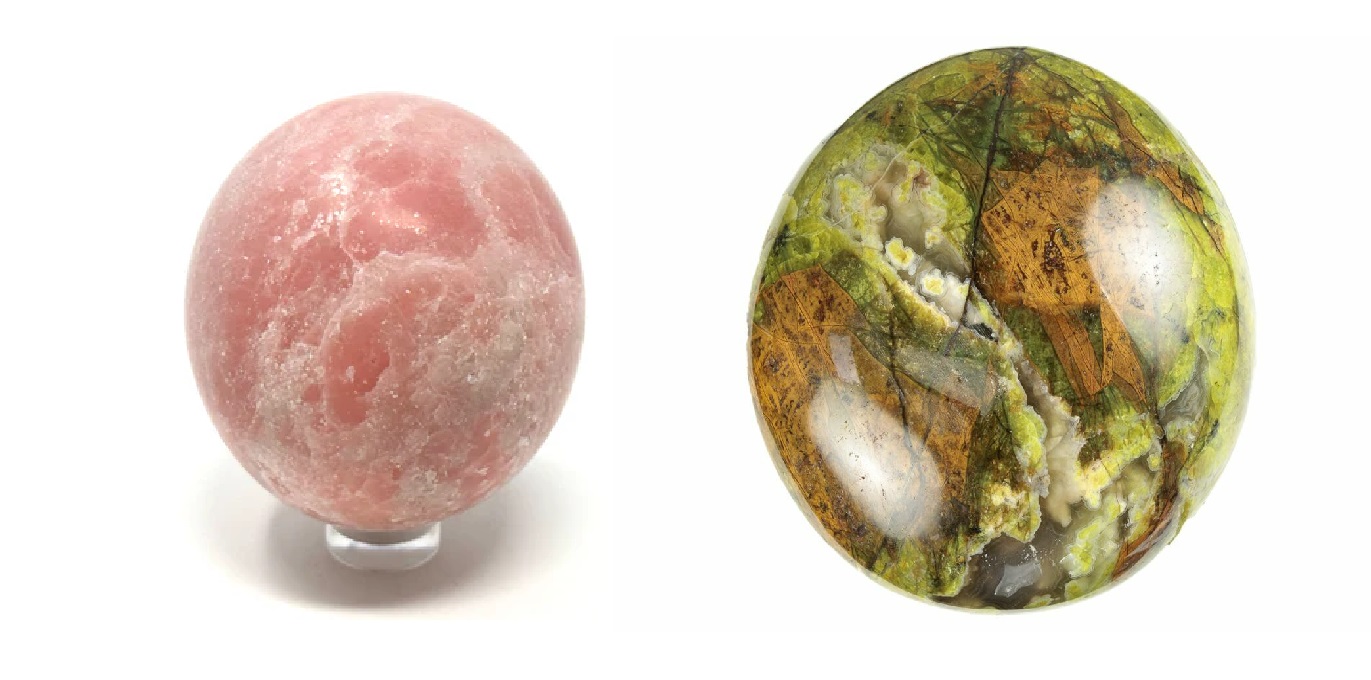How to identify common opal
Have you ever come across a colourful, smooth stone and wondered if it was something special? You might have found a common opal—a gem that, while often overshadowed by its dazzling cousin, the precious opal, holds its own quiet beauty. Though it doesn’t shimmer with rainbow colours, common opal comes in a rich variety of natural hues and has been appreciated for centuries.
In this guide, you’ll learn what makes common opal unique, how to confidently identify it, and why it still holds value in the world of gemstones.
What is Common Opal?
Common opal, sometimes referred to as potch, is a type of opal that lacks the well-known play-of-colour that defines precious opal. This play-of-colour is caused by the microscopic arrangement of silica spheres within the stone. When those spheres are perfectly uniform, they diffract light and produce a rainbow-like iridescence. However, in common opal, the spheres are irregular or randomly arranged, so this effect doesn’t occur.

That said, the lack of play-of-colour doesn’t make common opal dull or uninteresting. These stones often form in soft, pastel hues or bold, saturated tones—ranging from white, grey, and black to pink, blue, green, red, and even yellow. Many people are drawn to the soothing, even appearance of common opals, which can make beautiful cabochons, beads, and decorative pieces.
Common opal can also be found as a supporting layer in solid opals, particularly in black opals. In these cases, a vibrant layer of precious opal may sit atop a base of black or grey potch, providing contrast and depth. This layering is completely natural and is one reason why common opal plays an important role even in the most valuable opal specimens.
How to Identify Common Opal
Learning to identify common opal can help you better understand what you’re looking at—especially when exploring gem shops, markets, or collecting in the field. The most defining feature is simple: it does not display play-of-colour. This means there are no shifting rainbow flashes across the surface when the stone is turned under light.
Instead, common opal presents as a solid, consistent colour. While some stones might show very slight internal glow or translucency, they won’t sparkle or change colour the way precious opals do. If you’re unsure, hold the stone under strong natural light or shine a flashlight across the surface. A common opal will stay the same color, while a precious opal will flash with different hues as it moves.
Another helpful method is to wet the stone and view it under sunlight. This can enhance visibility and sometimes reveal hidden layers of precious opal within a seemingly ordinary specimen. This is especially useful with rough opal that hasn’t been polished or cut yet.
Common opals also tend to have a smooth, waxy, or matte surface finish—especially when they’re unpolished. Once polished, they can appear glassy, but they’ll still lack that shimmering iridescence.
In terms of structure, most common opals are opaque or slightly translucent. You might be able to see a soft glow when holding them up to light, but you won’t see through them clearly. Their texture is typically consistent throughout, and their appearance can be quite striking when the colour is rich and uniform.
Is Common Opal Valuable?
While common opal doesn’t reach the high prices of precious opal, that doesn’t mean it’s without value. The worth of common opal depends on several factors: colour, size, clarity, pattern, and origin. Opals with rich or rare natural colouring can be highly sought after—especially if they are large, well-shaped, or cut for jewellery.
For example, pink opal from Peru, blue opal from Oregon, and green opal from Madagascar are all considered desirable varieties of common opal. These stones are often used in jewellery and artisan crafts, and while they’re more affordable than precious opals, they can still fetch respectable prices.

Common opal’s affordability is actually one of its strengths. Because it’s more accessible, it’s widely used by designers, lapidary artists, and collectors who want the beauty of opal without the premium price tag. It’s also a great entry-level stone for those new to collecting or creating jewellery.
It’s worth noting that common opal can also play a supportive role in the formation of precious opal. In solid black opals, for instance, a backing of black potch enhances the colour of the precious opal on top. In that sense, common opal contributes both structurally and visually to some of the world’s most valuable gems.
Common opal might not dazzle with flashes of colour, but its quiet beauty and natural variety make it a gemstone worth knowing. Whether you’re a hobbyist, collector, or jewellery lover, being able to identify common opal gives you a better understanding of what you’re seeing—and ensures you don’t overlook a stone with real aesthetic or personal value.
Next time you find a smooth, colourful stone without sparkle, don’t pass it by. Take a closer look—it might be a common opal, and possibly a beautiful one.